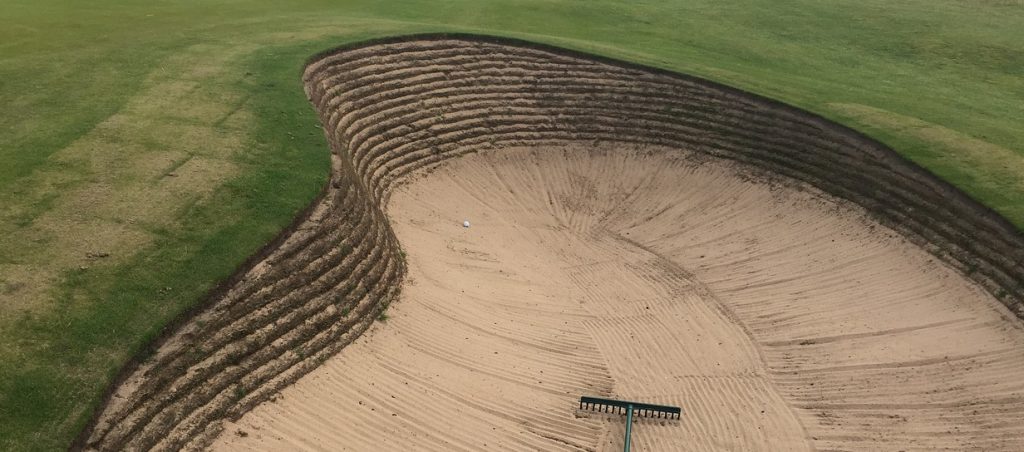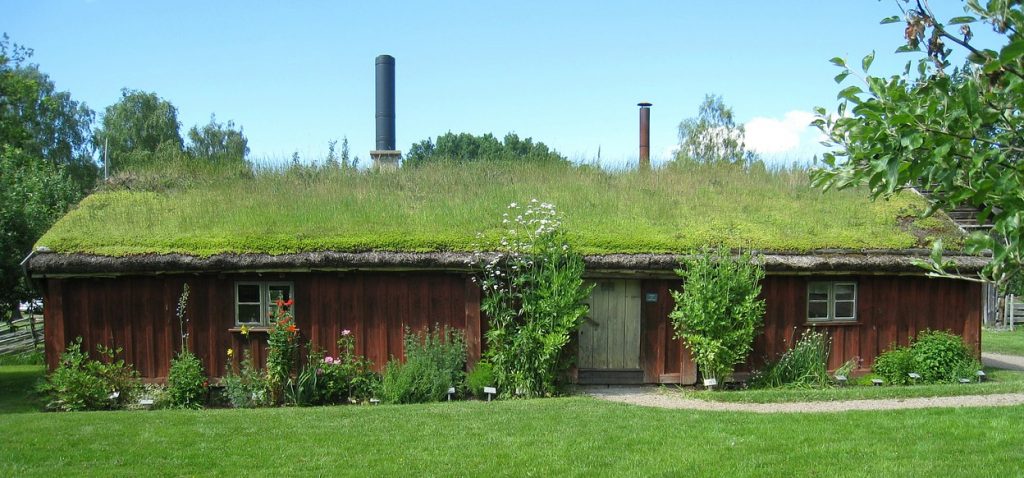What Surfaces Can You Lay Turf On?
Posted by Neil Sullivan & Sons on 15th October 2021 -

When it comes to laying new turf, as with many jobs, there are ways of doing it right and there are ways of doing it wrong. You can’t just take your turf, drop it anywhere and expect to end up with a lush and green lawn at the end.
So, before we look at surfaces that you can lay turf on, let’s take a look at a few that you can’t.
Things you shouldn’t lay turf on
Okay, so in theory this list could go on forever, so let’s restrict ourselves to a couple of things that might actually occur to you as a sensible idea, but which aren’t:
- Existing turf – if you think that you’re existing turf needs replacing, then chances are that it won’t be good enough to act as a base for your new turf either. You’re far better off digging it right out and starting again.
- Asphalt or concrete – basically, you can do this if you don’t mind if your new lawn quickly dies. Once again, you’re first going to have to get rid of what’s there (and this is going to be much harder than in the previous example!) and replace it with some good quality topsoil.
Soil
Of course, just saying ‘soil’ isn’t going to be enough, because there are different types of soil (Low Cost, Topsoil Bedding, Eco-soil) and some are better for laying grass on than others. For example, if you’ve got clay soil, it’s a good idea to dig plenty of grit and organic matter in before laying any turf.
What you’re after is well-drained soil that’s rich in nutrients and free from weeds and stones. Your best bet is usually going to be getting some good topsoil that’s been pre-prepared for this purpose, such as topsoil bedding or eco-soil, both of which are rich in nutrients and provide an ideal base for a new lawn to thrive.
Sand
You can lay turf on sand, but some preparation is required if it’s going to work – that’s because it drains too well, so that any nutrients get washed right away. If you mix some organic material into it – peat, manure or compost, for example – that may improve it enough to work.

Roofs
Green roofs, whether comprising grass or plants, are becoming an increasingly popular choice. They have a number of advantages in that they can improve a property’s insulation and absorb rainwater. However, there are also a few things you need to bear in mind before you go ahead and start laying a lawn on your roof.
Firstly, as you’ll need at least 150mm of growing medium for it to root into, you’ll need to check your roof is strong enough to bear the load. And remember that it’s still grass, and that everything you need to do to it on the ground you still need to do to it up in the air, including cutting it and watering it. If that’s not going to be practicable or safe, but you still want a green roof, you’ll be better off sticking to wildflowers.





